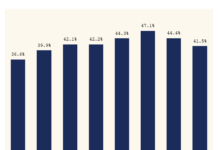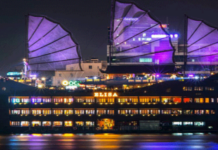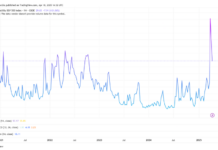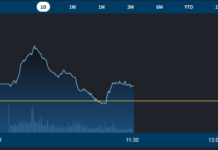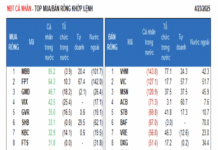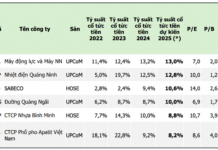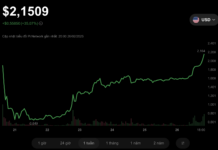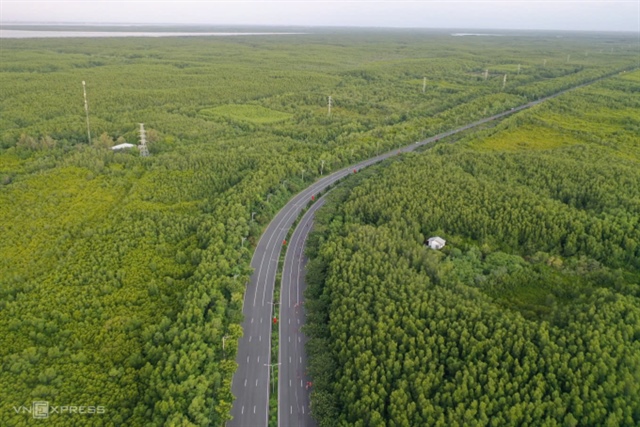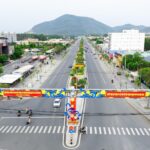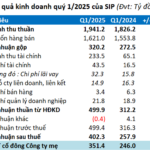In a recent letter to the People’s Committee of Ho Chi Minh City and the Department of Transport, Vingroup expressed their interest in investing in a high-speed urban railway line connecting the city’s downtown area to Can Gio Island. This proposed line is one of the newly planned urban railway routes in Ho Chi Minh City.
Regarding the route direction and investment scale, Vingroup suggested a starting point on Nguyen Van Linh Boulevard (Tan Phu Ward, District 7), following Nguyen Luong Bang Street, and ending at a 39-hectare site adjacent to the Can Gio Sea Urban Area project (Long Hoa Commune, Can Gio District). The design includes a double-track line with a standard gauge of 1,435 mm for each track, elevated for a total length of approximately 48.5 km.
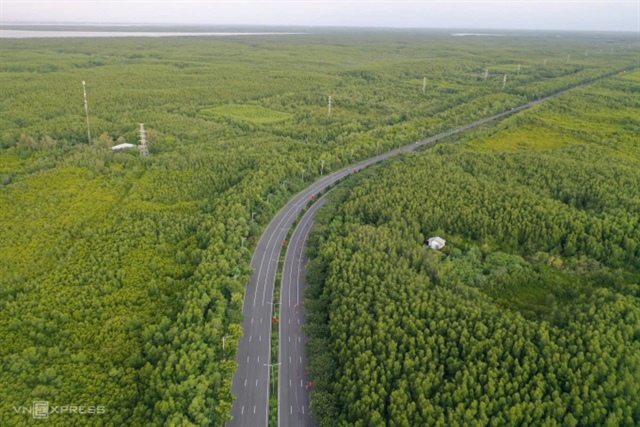 The Rang Sac Road, stretching over 36 km from Binh Khanh Ferry to the center of Can Gio, is expected to be completed by September 2024. Photo: Quynh Tran |
The line is expected to have one depot in District 7 and another in Long Hoa, Can Gio. Upon completion, the metro system is designed to transport 30,000-40,000 people per hour in each direction.
According to preliminary studies, the total investment for this project is estimated at VND 102,370 billion (US$4.09 billion). Vingroup plans to invest using their own capital and mobilize additional funds from other sources as per regulations. The project is proposed to be implemented through a public-private partnership (PPP) model, specifically a build-own-operate (BOO) contract.
The company also suggested that the investment preparation process should commence this year, including organizing and completing the pre-feasibility study report, submitting it for approval to the competent authority for inclusion in the urban railway development plan, and obtaining investment approval. Subsequently, the project will undergo the stages of feasibility study report preparation and appraisal, followed by the investment decision.
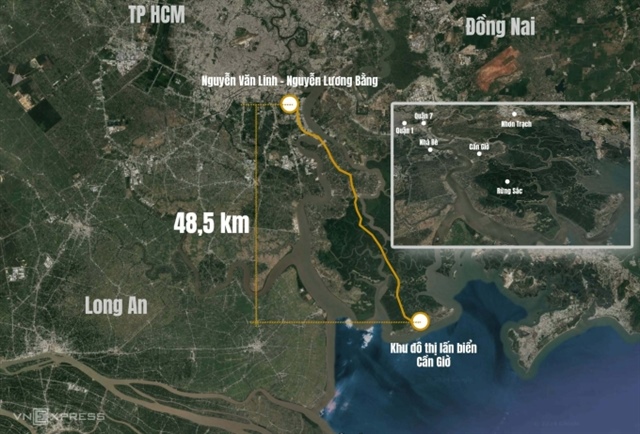
The planned route of the metro line connecting Ho Chi Minh City’s center to Can Gio. Illustration: Hoang Thanh |
Can Gio, located about 50 km from Ho Chi Minh City’s center, is the city’s only coastal district, boasting a 23-km coastline. The area covers more than 71,300 hectares, with over 70% comprising mangrove forests and waterways. Can Gio is known for its traditional craft villages and vibrant cultural festivals, making it an ideal destination for eco-agriculture and cultural-religious tourism development. Ho Chi Minh City aims to leverage Can Gio’s strengths by promoting its tourism potential and developing a world-class urban tourism area.
Earlier this year, at the conference announcing the Ho Chi Minh City Master Plan, Prime Minister Pham Minh Chinh suggested that Vingroup should construct a metro system connecting the city center to Can Gio. He also advised the city to delegate more tasks to large enterprises to create additional driving forces and resources for development.
According to Ho Chi Minh City’s goals, from now until 2035, the city plans to complete seven lines totaling 355 km (including the extension of the Ben Thanh-Suoi Tien metro and lines 2 to 7). In the subsequent decade, lines 8, 9, and 10 are also expected to be constructed and completed. The total estimated investment for these ten metro lines is approximately US$67 billion.
Gia Minh
– 11:27 20/03/2025
The Top 18 Underperforming Loan Disbursement Units: Accountability and Action Demanded by Ho Chi Minh City Chairman
The city of Ho Chi Minh has set a target for effective fund utilization, with a benchmark of 95% for the year 2024. However, 7 managers and 11 districts have failed to achieve this target, prompting the Chairman of the Ho Chi Minh City People’s Committee, Mr. Nguyen Van Duoc, to call for an accountability review.
The City’s New Wave: Unveiling the Dynamic Duo for the Real Estate Market’s Success
The latest planning news for Ba Ria-Vung Tau and Binh Duong provinces has sparked a feverish response from buyers. Investors are now actively hunting for real estate opportunities. Former property hotspots such as Phu My (Ba Ria-Vung Tau), Tan Uyen, and Bau Bang (Binh Duong) are experiencing a resurgence in demand and transactions.







